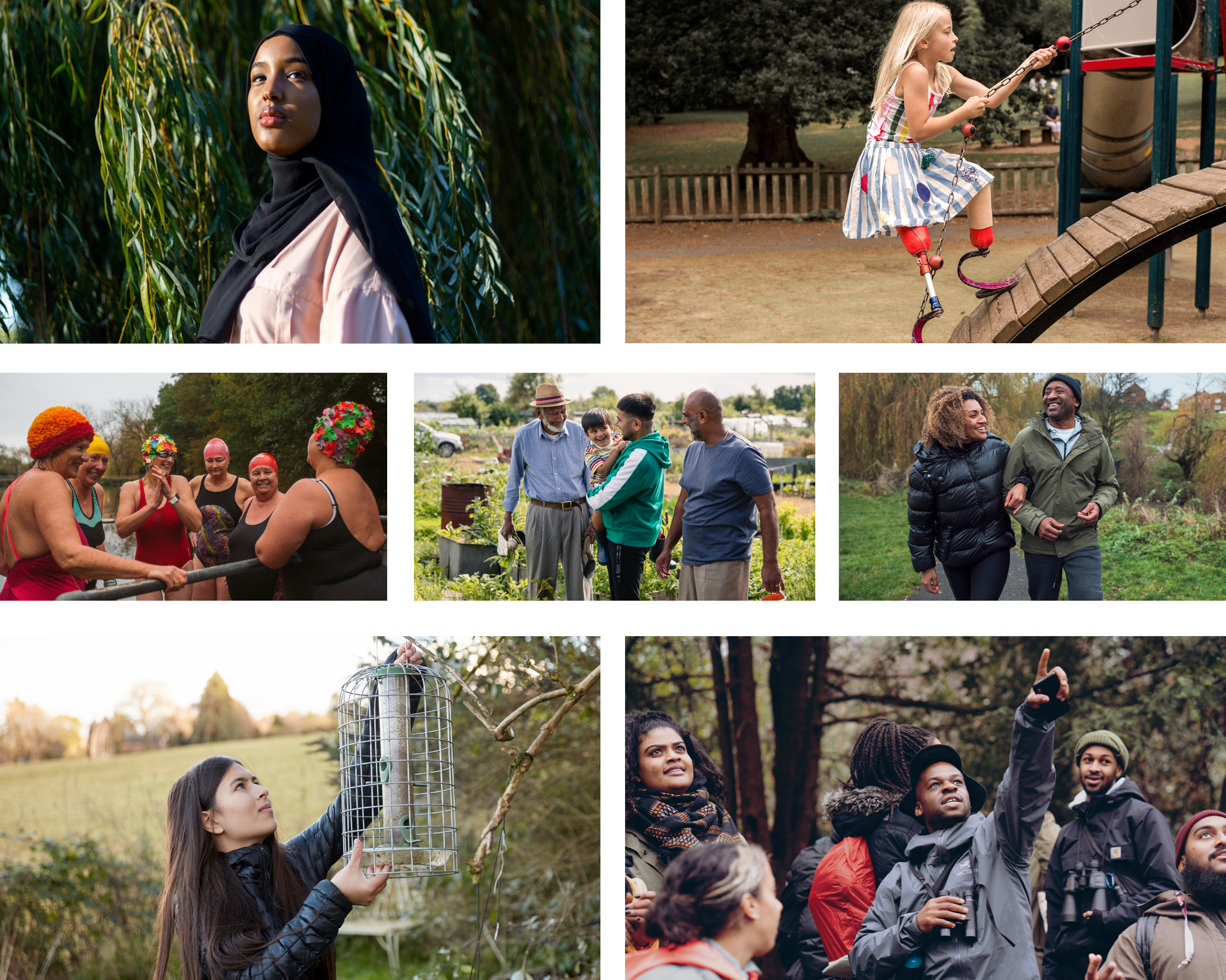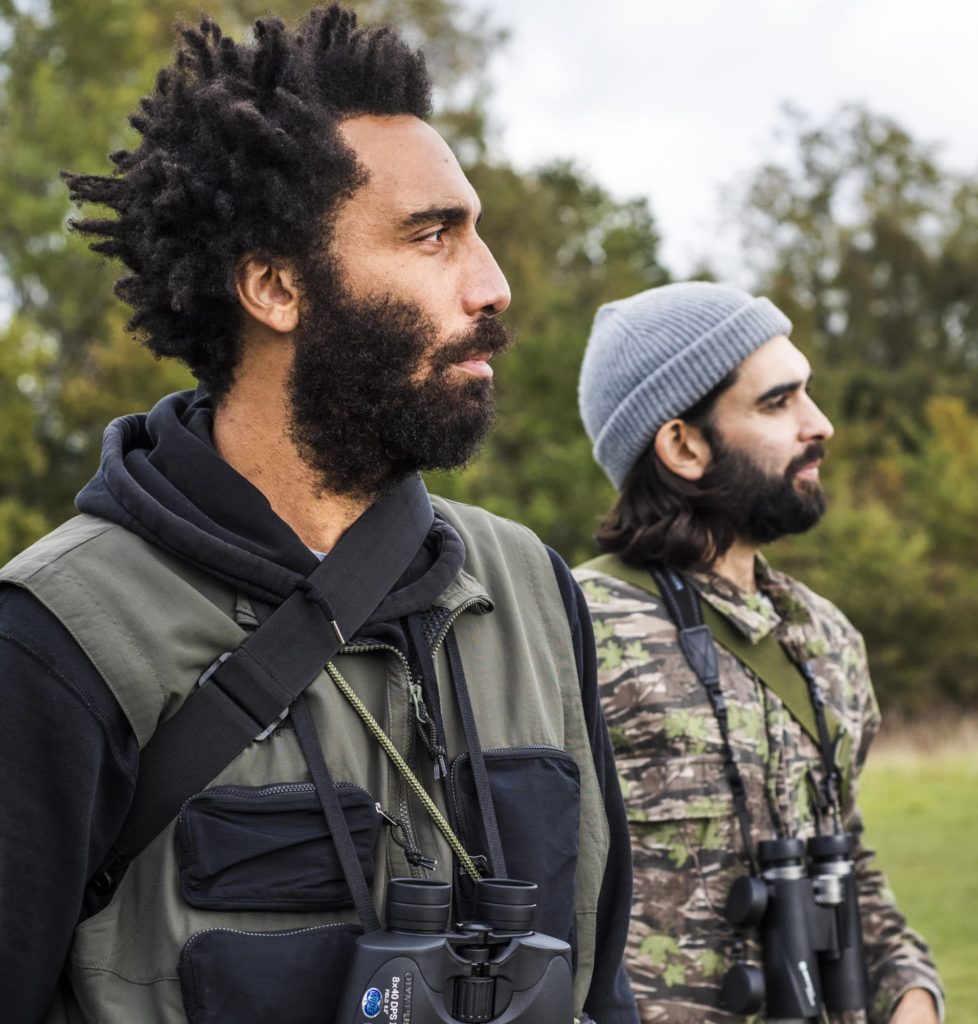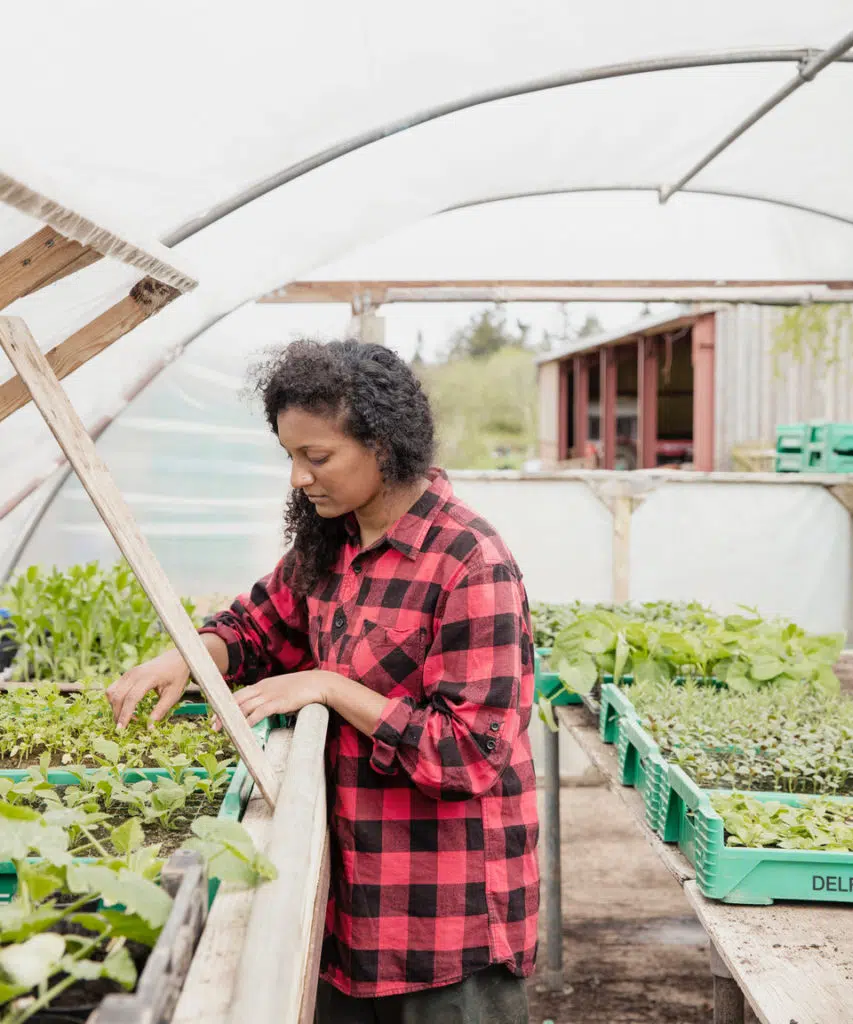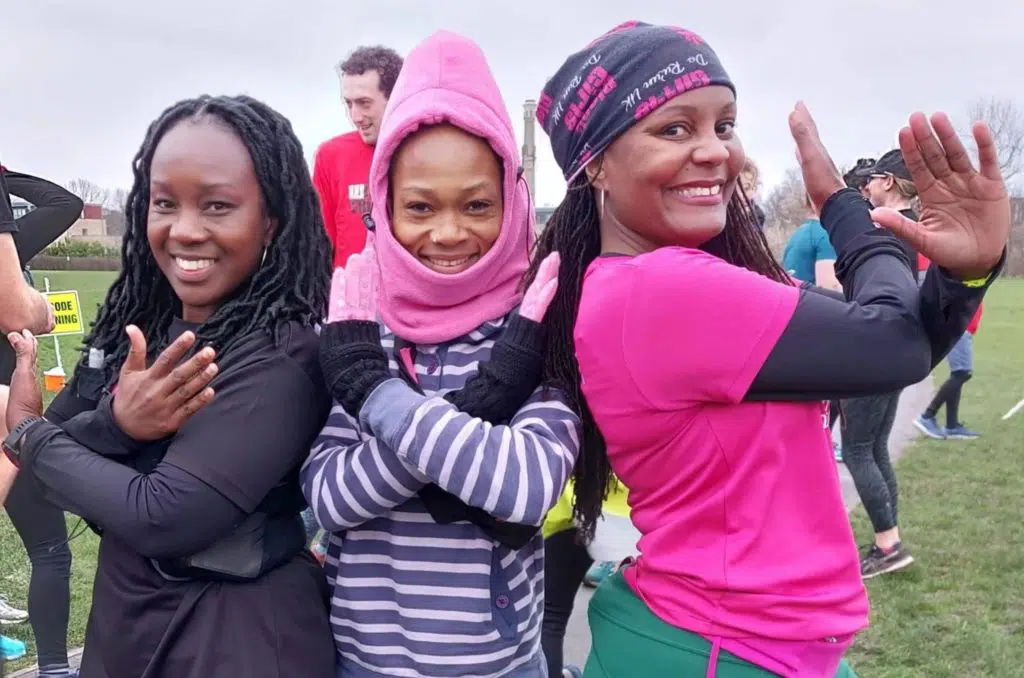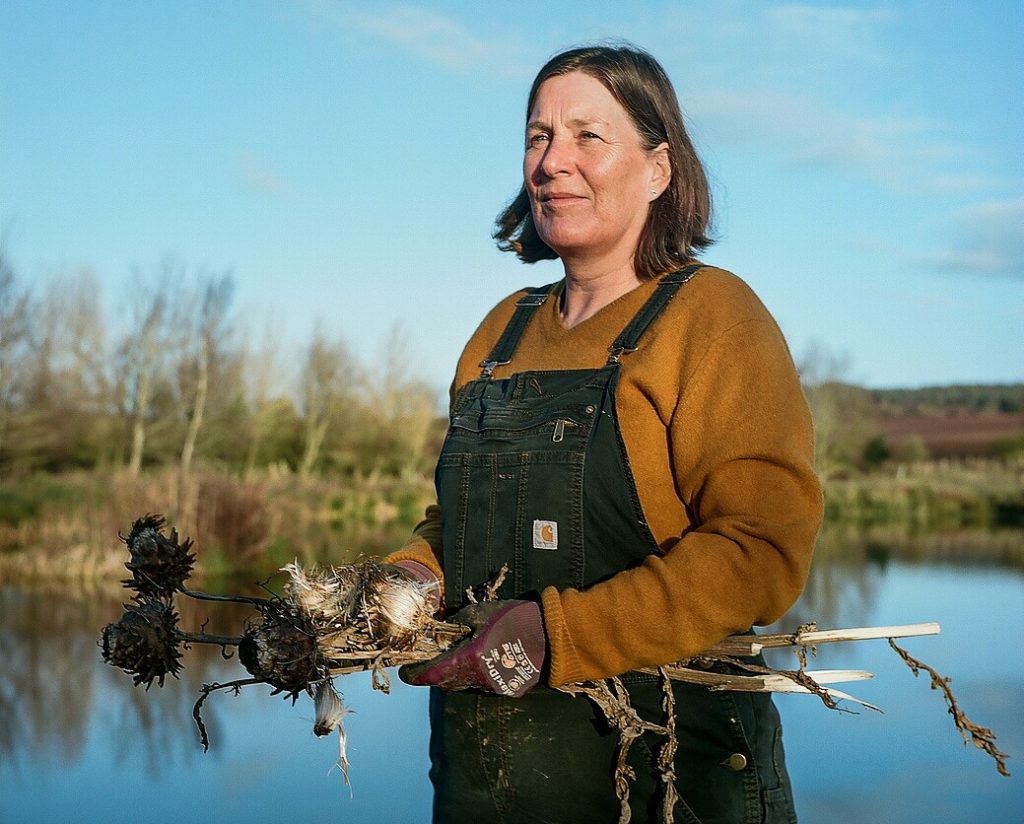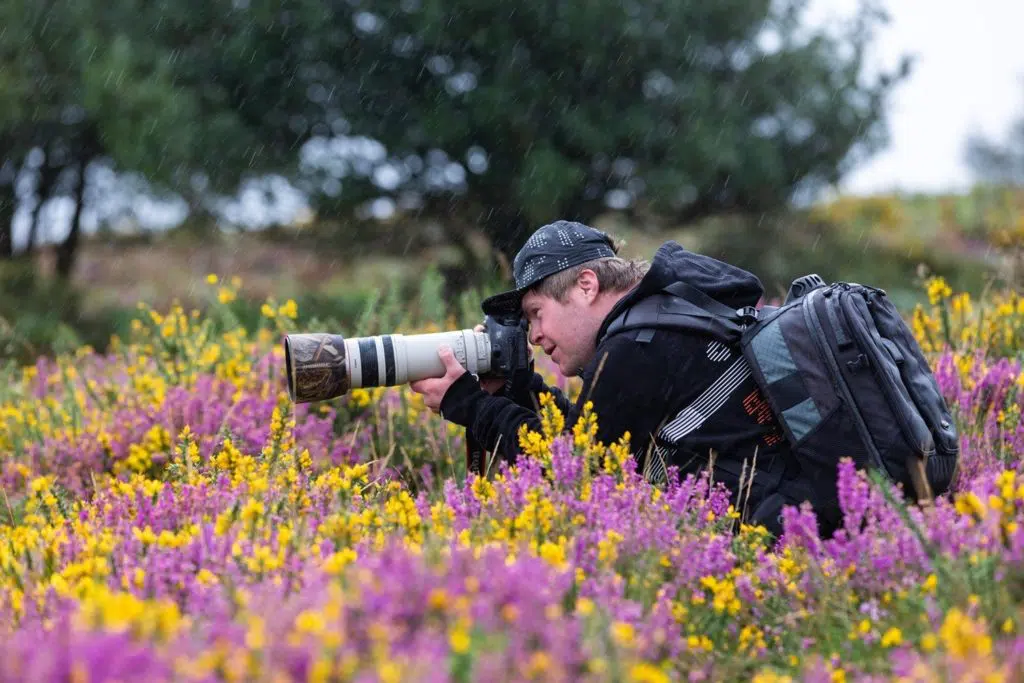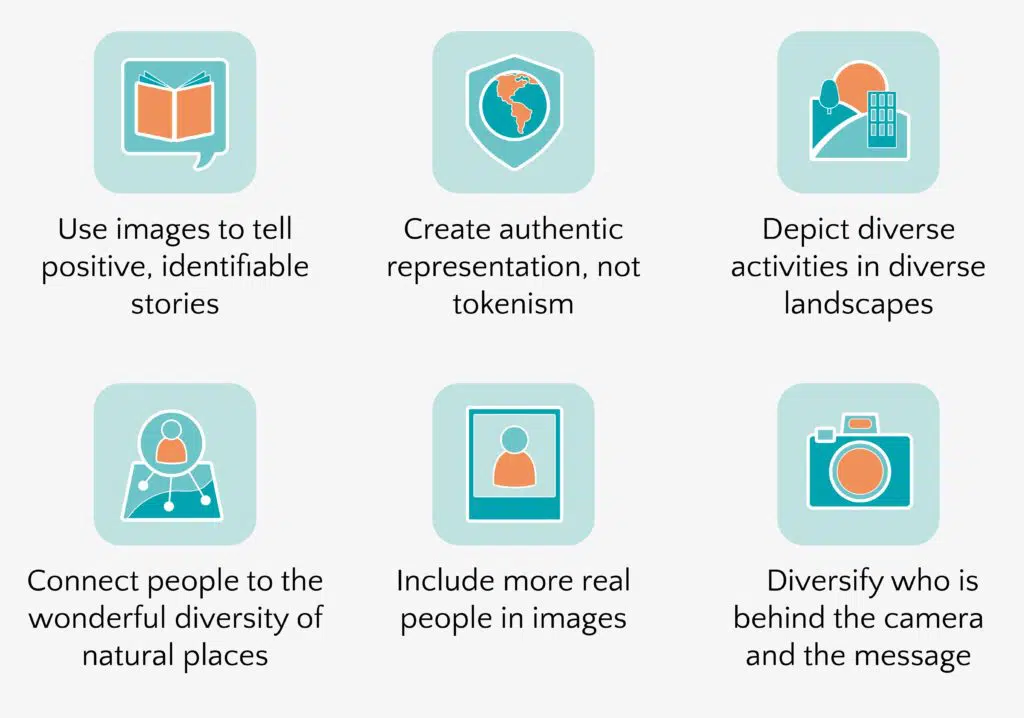The media industry has shifted the dial in the diversity and inclusion space – but what role does the media and advertising industry have to play in connecting the dots on sustainability?
Climate Visuals lead, Toby Smith, spoke on this panel discussion.

